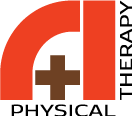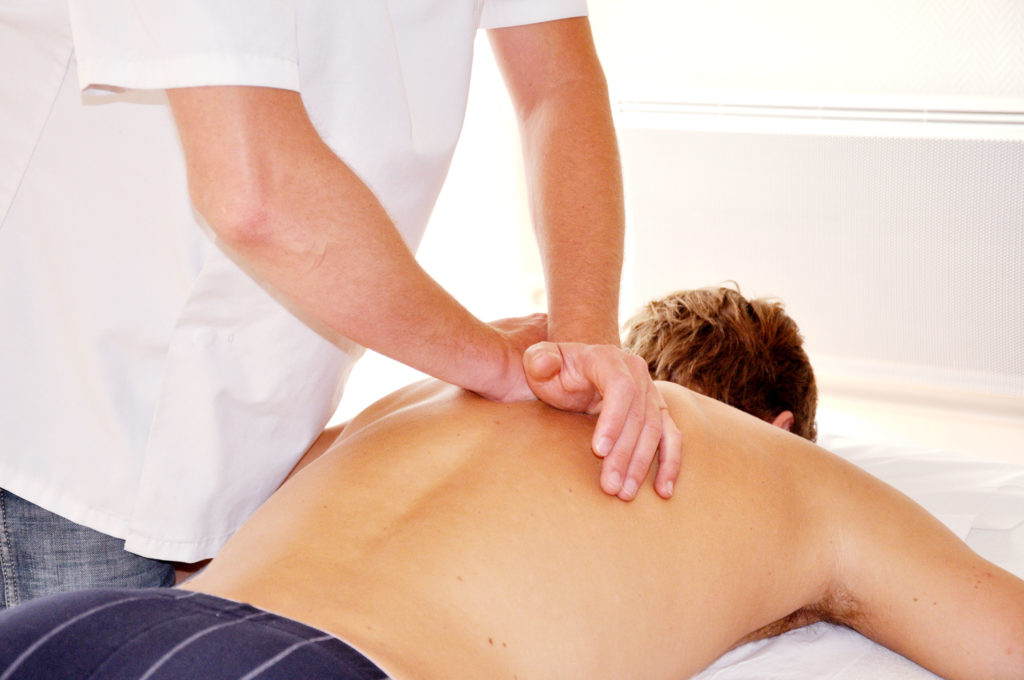MNM Concept
Manual therapy-based treatment using Functional Manual Therapy (FMT) taught through the Institute of Physical Art (IPA) (Certified in Functional Manual Therapy, CFMT and Fellow of Functional Manual Therapy, FFMT), which involves evaluation and treatment of Mechanical, Neuromuscular, and Motor Control dysfunctions (MNM).
Mechanical dysfunction is the inability of the body to move freely. Mechanical dysfunction can occur from restriction in the skin, fascia, muscle, joint, nerve, visceral, vascular and/or lymphatic structures. These restrictions will limit the body’s ability to move freely. Our body must be restored from these restrictions in order for us to sustain efficient posture and movement.
The treatment of the visceral (internal organs) and neurovascular (nerves and arteries) structures are performed through visceral mobilization/manipulation, neuromanipulation, viscerovascular manipulation techniques trained through the IPA and Barral Institute. This is a specific manual treatment of the viscera and its inter-connected structures. Visceral treatment will not only enhance posture and movement of the body, but also the function of the viscera itself.
Neuromuscular dysfunction is the inability to initiate muscle contraction in a timely manner (reaction) with good strength and endurance. It also implies the inability to relax when necessary. The muscles around the restricted area have altered its function and only know how to function in the restricted patterns of movement, which reinforces the compensatory pattern of movement. Therefore, we have to retrain the efficient neuromuscular ability of the muscles and optimize its contractility after restoring mechanical dysfunction (new range of motion). This is performed through Proprioceptive Neuromuscular Facilitation (PNF) technique. PNF is a hands-on technique utilized to evaluate and treat mechanical and neuromuscular dysfunctions.
Motor control dysfunction is the inability to perform an efficient whole-body motion for a given task. Even if you restore the mobility of the body (mechanical) and the muscle function (neuromuscular), the body as a whole must be trained to use it in a proper and efficient manner.
It is the integration of the efficient mechanical and neuromuscular function into the individual’s specific lifestyle and activities. It is the facilitation of efficient posture and movement strategies that is safe and effective so that the individual can perform their work, sports, leisure activities, daily tasks, etc. in the most safe and effective manner. This involves proper coordination, sequencing, and timing.
There will be education and training on how to effectively use good body mechanics in the correct posture and strategy as well as efficient ergonomics to avoid re-injury. Training of kinesthetic awareness is also a key to enhance quick recovery and promote good carry over of the improvements.
Exercise training/rehabilitation will be performed incorporating Proprioceptive Neuromuscular Facilitation (PNF), Feldenkrais, and Postural Restoration Institutes (PRI) exercise concepts.
Emphasis is placed on integration and reconnecting the body system as a whole. Consideration is place on the unique anatomical features of human body (such as the liver being more positioned on the right side, the heart and the stomach being more positioned on the left, 3 lobes of lungs on the right versus 2 lobes of lungs on the left, the diaphragm crus being longer and stronger on the right versus the left, different function of the right and left side of the brain and so forth). These anatomical variances in the body creates hand and leg dominances and movement biases. Overtime when these dominances and movement biases are not properly regulated, it can lead to faulty movement patterns causing structural weakness and musculo-skeletal dysfunction and pain.





